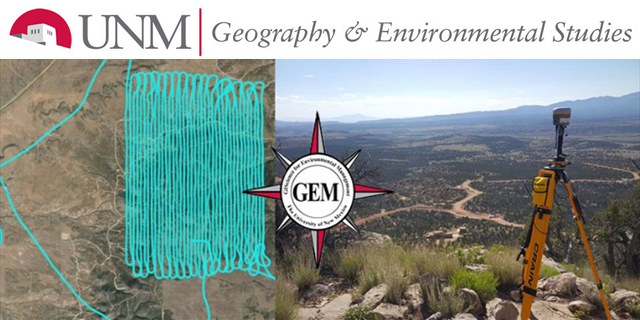
Geography ETDs
Publication Date
9-3-2013
Abstract
The scope of this paper is an exercise in regional identification within the geography of the United States. This paper applied a hierarchical clustering methodology to analyze the distribution of restaurants in the landscape. The clustering model utilized in this study is commonly used in analysis of ecological communities. Each restaurant chain was treated as an individual biological species, and the clustering software analyzed it as such. The individual restaurant chain locations were treated as individual samples in the environment. Wards (1963) algorithm was used to group the individual restaurant chain locations into related clusters using simple correlation as the distance measurement. The scale of the research was limited to Restaurant and Institutions Top 400 restaurant chains ranked by gross sales. InfoUSA provided the location information for individual restaurant locations in the form of latitude/longitude coordinates. The clustering methodology requires sample areas to define the geographical boundaries of the hierarchical clusters. Combined Statistical Areas (CSA) defined by the United States Census Bureau were used for this purpose. Various methods of data reduction were employed towards development of a statistically significant model, and eventually a six-cluster restaurant region model was identified. These six restaurant regions were scrutinized by comparing them to existing perceived regions in the United States. The cluster methodology produced Indicator Species (IS) that provides a simple, intuitive solution to the problem of evaluating species associated with groups of sample units. The resulting (IS) were presented in the form of restaurant chain names rather than individual restaurant locations. It [Indicator Species Analysis] combines information on the concentration of species [restaurant chain locations] abundance in a particular group and the faithfulness of occurrence of a species [restaurant chain] in a particular group. It produces indicator values (IV) for each species [restaurant chain] in each group. These are tested for statistical significance using a Monte Carlo technique (McCune and Medford, 1999). The top three indicator species were identified and used to further explore the six restaurant regions. The characteristics of the restaurant chains identified as (IS) were compared to the cultural, cuisine, and ethnic characteristics of the geographies with which they corresponded. The restaurant regions were found to statistically significant, visually familiar, and culturally representative of the perceived regions with which they corresponded.'
Degree Name
Geography
Department Name
Geography
Level of Degree
Masters
First Committee Member (Chair)
Carr, John
Second Committee Member
Milstein, Tema
Document Type
Thesis
Language
English
Keywords
restaurant, food, GIS, ecology, regions, identity, fast food
Recommended Citation
Griego, Stephen. "Restraurant regions : an ecological community based model of restaurant chain distribution in the United States." (2013). https://digitalrepository.unm.edu/geog_etds/19
